There has been a great deal of discussion about the voyeuristic nature of cinema, especially since the structural and critical studies of the 1970s and the emergence of feminist theory. But above the contemporary concerns about the male gaze in cinema and how women are portrayed and observed, we can look back at past centuries and see that women have been the subject of art from the beginning of the artistic production of mankind.
Raffaello, Botticelli, and Hitchcock are somehow related through the way they portrayed women and the emotion that the female nature awakens in men, a sentiment that is echoed in poetry, cinema, theatre, paintings, sculpture, and other arts.
Some male filmmakers have showed a particular obsession with the female experience and, in some cases, a particular perceptive ability in empathizing with the emotions of women and capturing the mixture of desire, melancholia, and divine qualities that are attributed to femininity.
15. Zhang Yimou
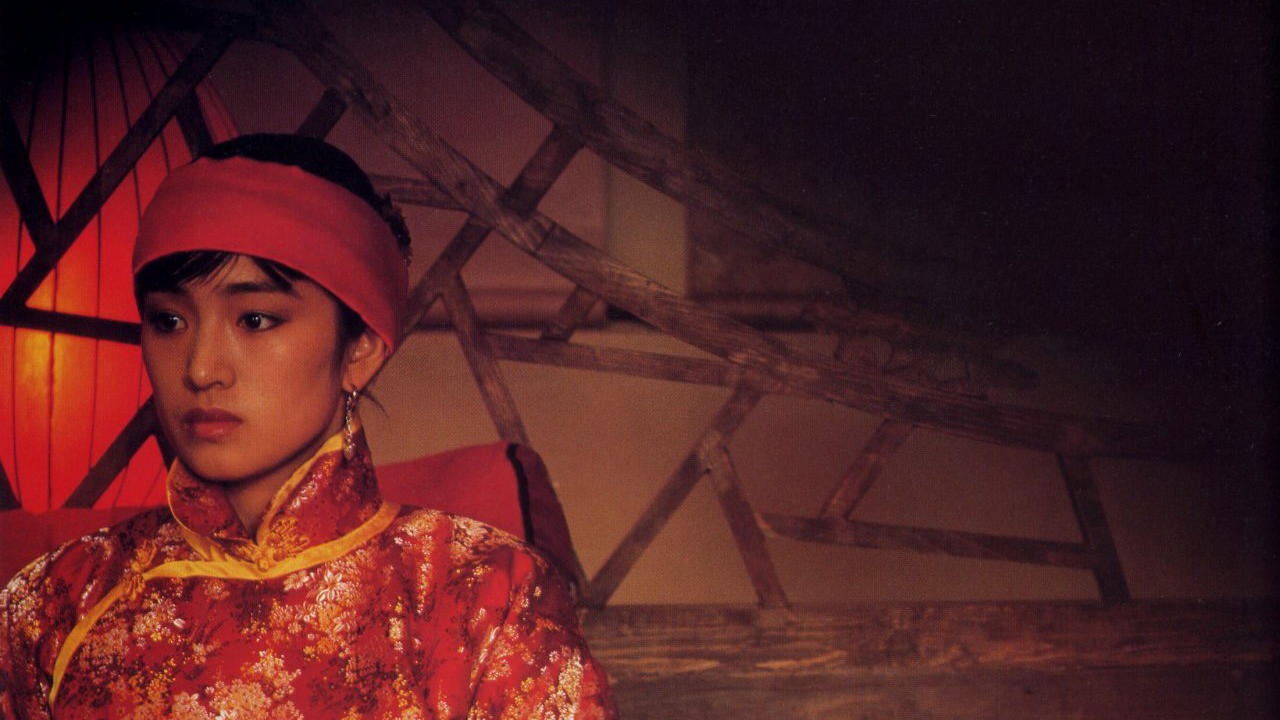
Chinese cinema has a stellar tradition with leading women, arguably stronger than the tradition of leading men. The greatest icon of Chinese cinema is, in fact, an actress, Ruan Lingyu, who starred in the “The Goddess” in 1934 and other famous Chinese films of the late 20s and 30s.
Zhang Yimou made Gong Li his female lead in his most successful film, an actress who has both elegance and ideal manners for the melodramatic genre, and the firmness necessary for the most muscular nature of modern cinema. Gong Li is both a tribute to the classic era of Chinese cinema, a look into the future, and as always with women onscreen, a source of pleasure and melancholia.
The most successful collaborations between her and Zhang Yimou are “Raise the Red Lantern”, “To Live”, “Shanghai Triad”, “The Story of Qiu Ju”. She also starred in the epic wuxia film “Curse of the Golden Flower” and the recent “Coming Home”. In his “House of the Flying Daggers”, Yimou fused the wuxia genre with romance in order to create a bridge between the Asian and the Western markets, and for the female lead, he chose Li Feng.
The relationship with the female body in mainstream Chinese cinema never negates the element of visual pleasure, but in doing so, more freedom and psychological complexity are often achieved because it allows the filmmakers to display a more open and honest attitude.
14. Michelangelo Antonioni
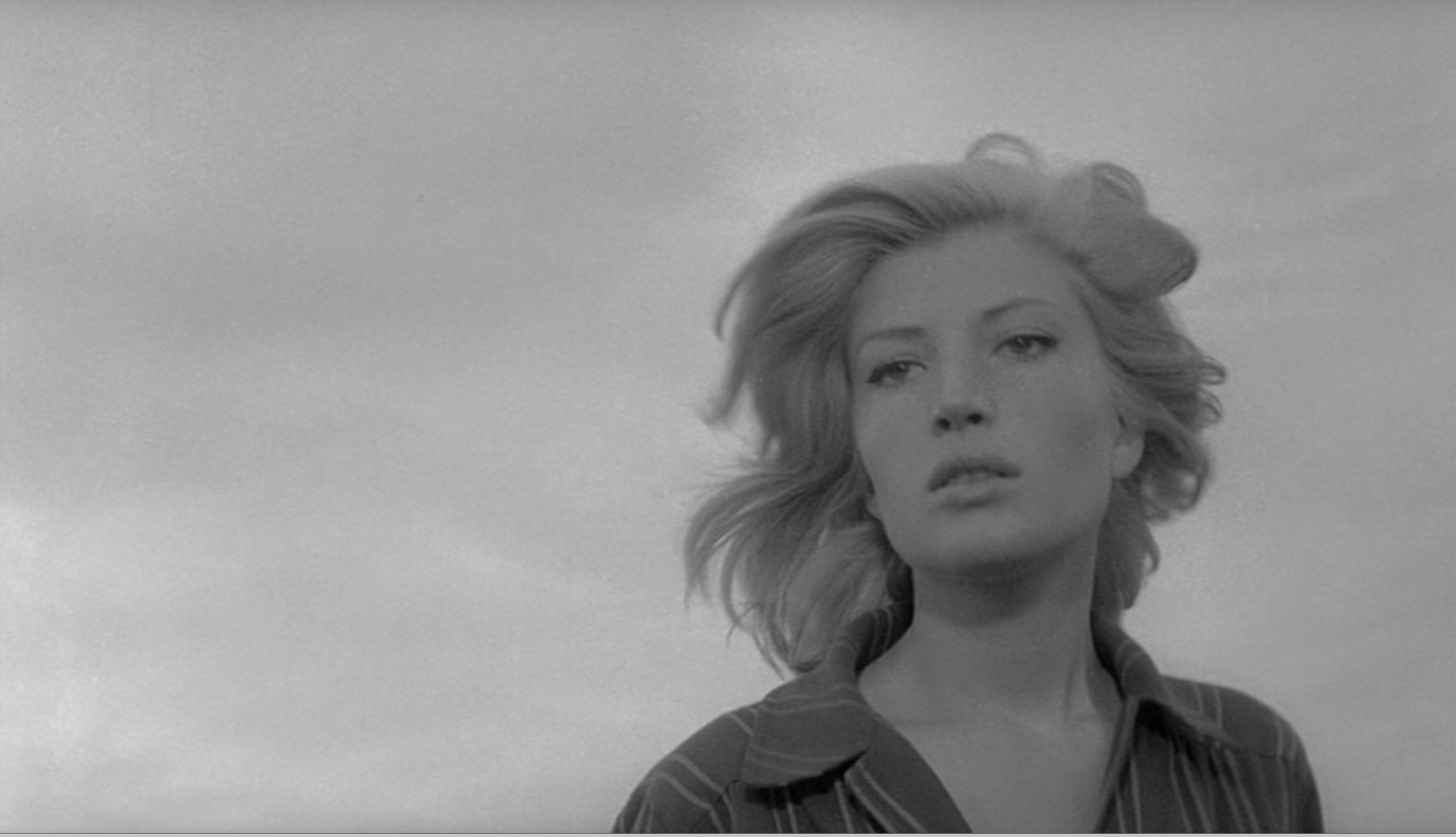
Michelangelo Antonioni is the quintessential modern director. His films are about being lost; lost in the absence of meaning, lost in the city, lost in the mystery. An atmosphere of imponderable alienation and sorrow lingers over his films. Leading female actresses are a constant throughout his filmography, from “Story of a Love Affair” in 1950, “Le Amiche” in 1955, “Il Grido”, “L’Avventura”, “La Notte”, “L’Eclisse”, and “Red Desert”.
Lucia Bosè, Monica Vitti, and Jeanne Moreau are the most famous women of his cinema, although the most mysterious woman of Antonioni’s cinema is Daria Halprin, with her naturalistic performance in “Zabriskie Point”. Women wish to be lost, wish for self-destruction, and wish for a quest for beauty and meaning in a meaningless world.
13. John Waters
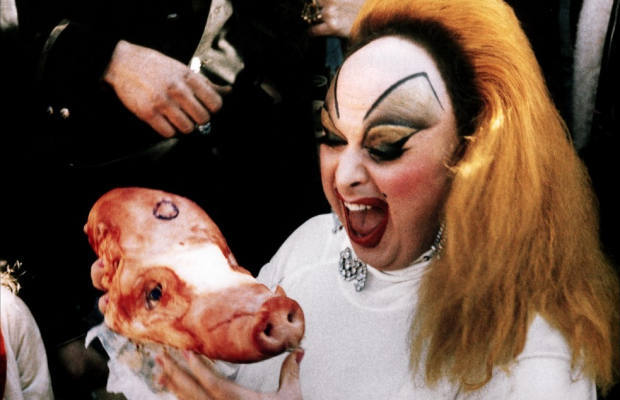
Some men think of women as beautiful things. Well, John Waters likes horrid things, as better expressed in his infamous “Trash Trilogy”, comprising his most famous and accomplished works, which include “Female Troubles”, “Pink Flamingos” and “Desperate Living”.
His most famous collaborator, who played many of his female characters, is not a woman but actually famous drag queen Divine, a gender bending, taste challenging, queer star for his cinema of exploring of the limits of good taste.
12. Krzysztof Kieslowski
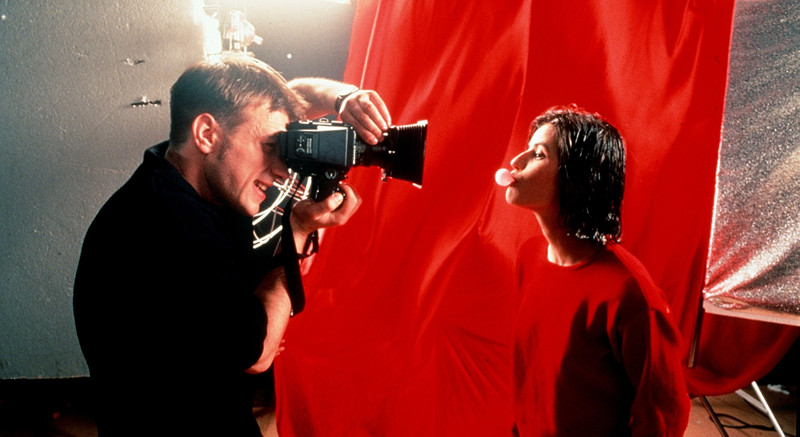
What is the role of women in the sculptural, monumental, deeply moral, Bergmanesque cinema of Kieslowski? Alicja Helman, wrote this :
“This view of women as specially gifted dominates ‘The Double Life of Véronique’ and subsequently, ‘Blue’ and ‘Red’. However, Kieslowski continues to view women as first and foremost other than men, something for which feminists strongly reproach him.
But, in contradistinction to ‘The Decalogue’, this perspective does not belittle and downgrade, but attempts to present female otherness as a gift—in particular, one that widens the spectrum of awareness to encompass those areas where intuition, emotional knowledge, special sensitivity, and subtlety hold sway.”
So, in a cinematic poetic that is so focused on psychological exploration, on the burden of morality that the individuals put on themselves, the women are the intuitive and vital force that can be both a disruptive element, or an element of salvation. They are, as Helman points out, a gift.
11. Pedro Almodovar
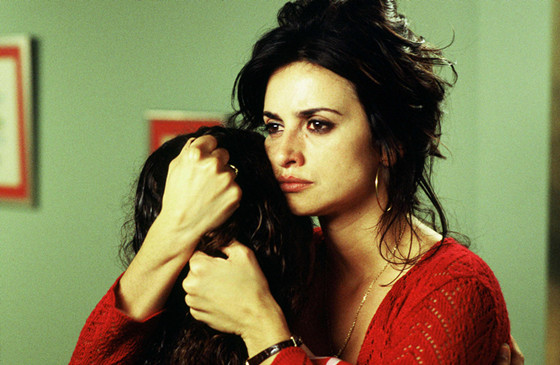
Pedro Almodovar is the Spanish Fassbinder, despite starting his work in 1980. For Spain, because of a long lasting dictatorship, the sexual, ideological, and intellectual liberation came later, and directors in the 80s were the first who broke with tradition and narrated that freedom, and gave voice to the diversities that had been silenced.
Almodovar, just like Fassbinder, is a director of women, and a theorist of the otherness. He is the quintessential postmodern queer theorist filmmaker, with kitsch imagery, stories about prostitutes, crazy women, transsexuals, bodily functions, drug use, sexual perversions, and all those other “good” deformities that are hidden by the hypocritical middle class.
Almodovar explores all these with a style that is as vital, volcanic, and restless as the country he is from. He sees women as unstoppable forces of nature, as movement against the motionless dogmas of society; in a way, he’s also the Spanish Godard.
His classic films are so many that it’s hard to pick the most important, but few films had the cultural impact of “Women on the Verge of a Nervous Breakdown”, “Tie Me Up! Tie Me Down!”, “All About My Mother”, and “Pepi, Luci, Bom”. His most recent film, “Julieta”, is also one of his best films.
10. Rainer Werner Fassbinder
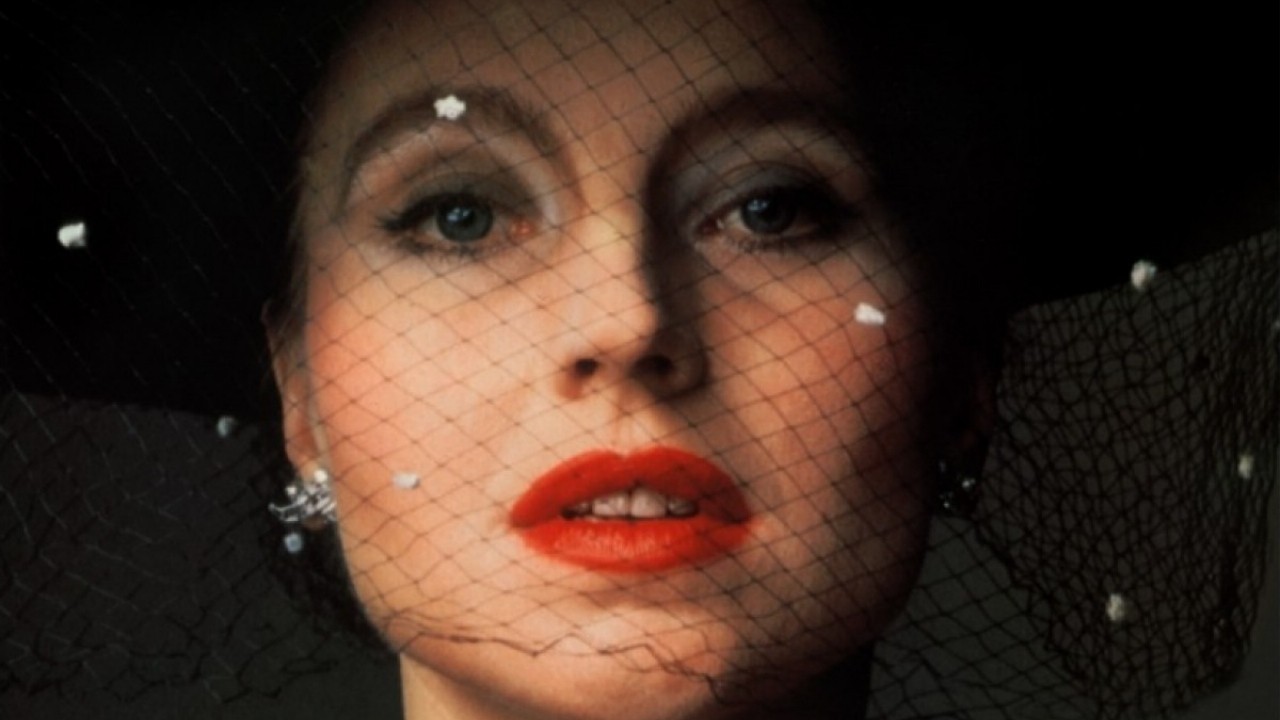
Rainer Werner Fassbinder died at 37 after a drug overdose; he was the decadent poet of German cinema who had intense and tragic relationships with both women and men. He was, at the same time, abusive and fragile, victim and aggressor, but his cinematic oeuvre is unquestionably majestic. His films were mostly about the hypocrisy of bourgeois life, the tyranny of marriage, and the aesthetic pleasure of femininity. His visual style was infused with classical paintings and pop art.
Before he died, he was able to complete more than 40 films, and the most celebrated ones were certainly “The Bitter Tears of Petra von Kant”, “Lola”, “Veronika Voss”, and “The Marriage of Maria Braun”.
The bitter critique is a reminder of Luis Bunuel, and the visuals are reminders of Ophuls and Douglas Sirk. For his ability to represent women not as an “otherness”, a characteristic of cinema that originates from Freudian theory, Fassbinder can be considered one of the forerunners of Queer Cinema, an essential inspiration for filmmakers like Derek Jarman, Todd Haynes, and Pedro Almodovar.
Few filmmakers find the core of melancholia like Fassbinder does, and are able to perceive and represent onscreen the tragic beauty of everything that lives and dies.
9. Vincente Minnelli
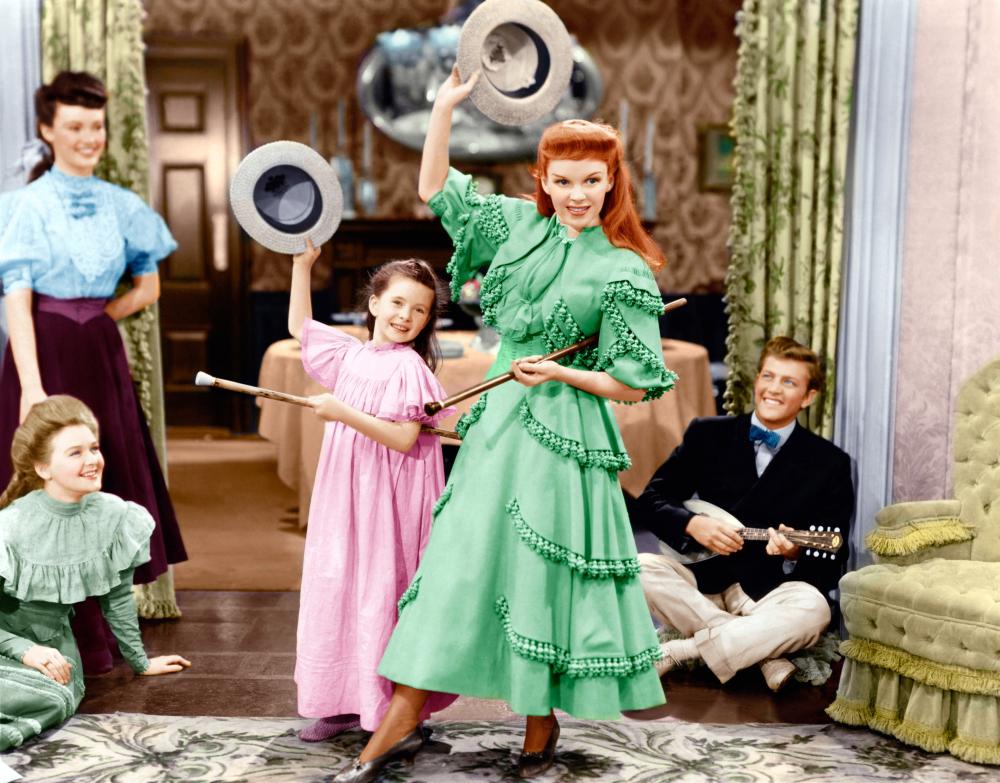
Musicals need enchantment, enchantment needs romance, romance needs pretty women, and the Hollywood musical had a great tradition from the 20s, 30s, and 40s, which Vincente Minnelli built on and elevated through gothic, melodrama, fairytale, and myth, in order to produce, in his words, “a little magic”.
His actresses were some of the best of the generation; they spanned from Cyd Charisse, iconic in “Singin’ in the Rain”, “Brigadoon” and “Two Weeks in Another Town”; Elizabeth Taylor in “Father of the Bride” and “The Sandpiper”; the great Leslie Caron in “An American in Paris” and “Gigi”; Judy Garland in “Meet Me in St. Louis”; Judy Holliday in “Bells are Ringing”; Lana Turner in “The Bad and the Beautiful”; Barbra Streisand in “On a Clear Day You Can See Forever”; and his daughter, Liza Minnelli, and Ingrid Bergman in his last film, “A Matter of Time”.
The title of his last film seems appropriate for a director who was so obsessed with beauty, because, in a matter of time, beauty dies, but not in cinema, which Minnelli loved because could preserve beauty for a long, long time.